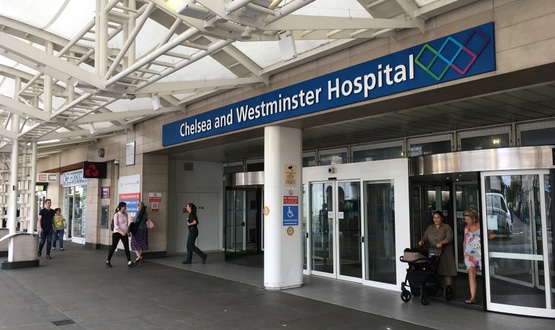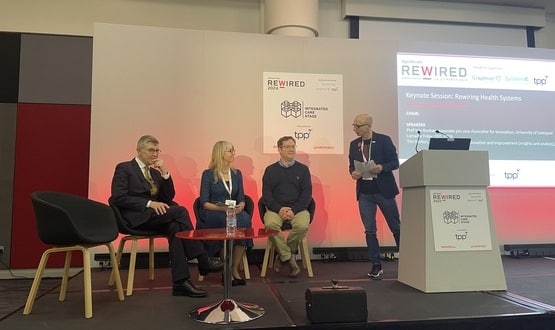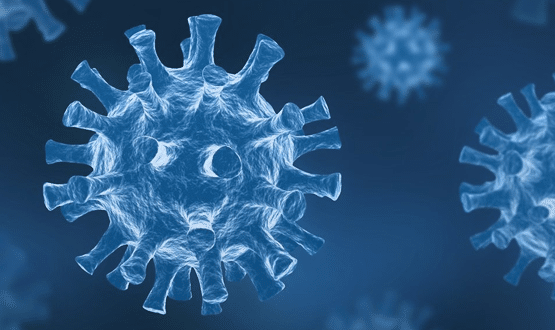Digital Transformation: Has Covid enabled tomorrow’s world today?
- 21 September 2021

Covid-19 has certainly had an impact on innovation and the use of digital tools at Chelsea and Westminster Hospital NHS Foundation Trust. In a piece for Digital Health, the trust’s director of digital operations and deputy chief operating officer, Bruno Botelho, explores whether Covid has helped enable innovation.
The pandemic brought the world to a standstill, but it also presented an opportunity to change the way we do things. We had to adapt at pace, deploying a range of new technologies and systems to continue to deliver safe, consistent and high-quality clinical care whilst helping to make things easier for our patients.
At the trust, we want to reimagine and reshape how care is provided, with new strategies that will improve patient experience and safety, make our processes more efficient and improve our outcomes. There is no doubt that we are reinventing care delivery using new technology including virtual consultations and remote monitoring and therapeutics.
Vision for a smarter hospital
Looking forward, there is a vision for a smarter hospital, an optimised technological ecosystem, which combines state-of-the-art hospital design with the latest virtual care technology, AI-driven decision support, connected IoT sensors, and robotics, all interconnected to essentially re-engineer how care is delivered across a health ecosystem. This redefines the way patients receive care — from the comfort of their homes to the hospital setting — and beyond.
As an example, in the not-too-distant future I envisage a scenario where if a patient starts to cough, a sensor automatically measures their temperature, which is flagged to their GP if it’s high. The patient will be prompted with an automated questionary which then triggers a GP notification as well as an automated order for diagnostic tests. The test kit is then delivered by post or drone to the patient’s place of choosing, and returned with the results reported and available to patient and healthcare teams in real time, enabling a faster diagnosis with medication, if required, delivered to your door.
Improving population health
It’s my view that as care becomes more integrated and we use remote monitoring technology more and more, we increasingly link to, and strengthen, the health of the communities we serve. It is about bringing about population health improvement, an area in which we’ve made huge strides over the last year.
As an enabler for the above, we created the End-to-End Patient Pathway Management project. Working with our partners, the aim is to enable and empower clinicians with data driven tools capable of assisting in daily decisions based on live and accurate information. We also aim to improve the engagement with our patients ensuring they remain informed and involved in the management of their care. Patients are already able to easily accept, cancel or reschedule appointments using the keypad on their phones and without the need to talk to a member of staff.
This could be a game changer in the way patients are managed within the hospital and across the sector.
Overlay this with our unique data warehouse capabilities for accessing real time inpatient data, and clinicians will be making real time decisions based on evidence-based data and probabilities and risk.
Five year plan
It’s not 30 years away, not even 20 or 10. I think that in 5 years’ time, we’ll be operating in a fully connected ecosystem. In some homes, in-room temperature, hot water, lights, alarm and music, and what needs restocking in the fridge are already connected. I don’t think the Star Trek body scan is far off! In fact, we are already using technology like the glasses worn by Tom Cruise in Mission Impossible. Microsoft’s HoloLens glasses are worn by a consultant / facilitator, which streams video to students’ computers. While the consultant talks to the students, the students are able to ask questions. This mixed reality is at the forefront of transformative technologies and the impact and results are substantial.
There’s no doubt that the Covid-19 pandemic has rapidly accelerated the use of digital solutions and clinicians are making better decisions because they have better data, which improves decision making. At the height of the pandemic, we combined our clinical expertise with Sensyne Health’s AI and machine learning know-how – it was a collaborative effort and a balance of skills and the relationship was, and still is, really important for our intensive care staff. We codeveloped an algorithm called SYNE-COV which predicts what is likely to happen to a Covid positive patient; specifically, their risk of needing treatment in ICU or invasive mechanical ventilation, based on vital signs, test results and other useful data. This helps clinicians intervene sooner and a patient that might have ended up in ICU can be treated effectively before they deteriorate further.
We are living in a time of accelerated research, innovation and discovery. There is no question that digital technology can benefit everyone, and having tomorrow’s world here today is definitely an exciting time for us all.





2 Comments
Are we really suggesting GPs need to be notified of every patient who spikes a temperature? That’s not tech enabled care. Systems need to be smarter than that. There will never be enough GPs to handle all those notifications and questionnaires and is it a good use of their time?
Perhaps I’m grumpy as this is my first day back from leave…
As with most things I believe the most effective use will be somewhere in the middle. I agree we have to be careful not to burn out our healthcare workers with information overload. That said there are some amazing examples of well structured programs that support healthcare workers using digital notifications.
Comments are closed.